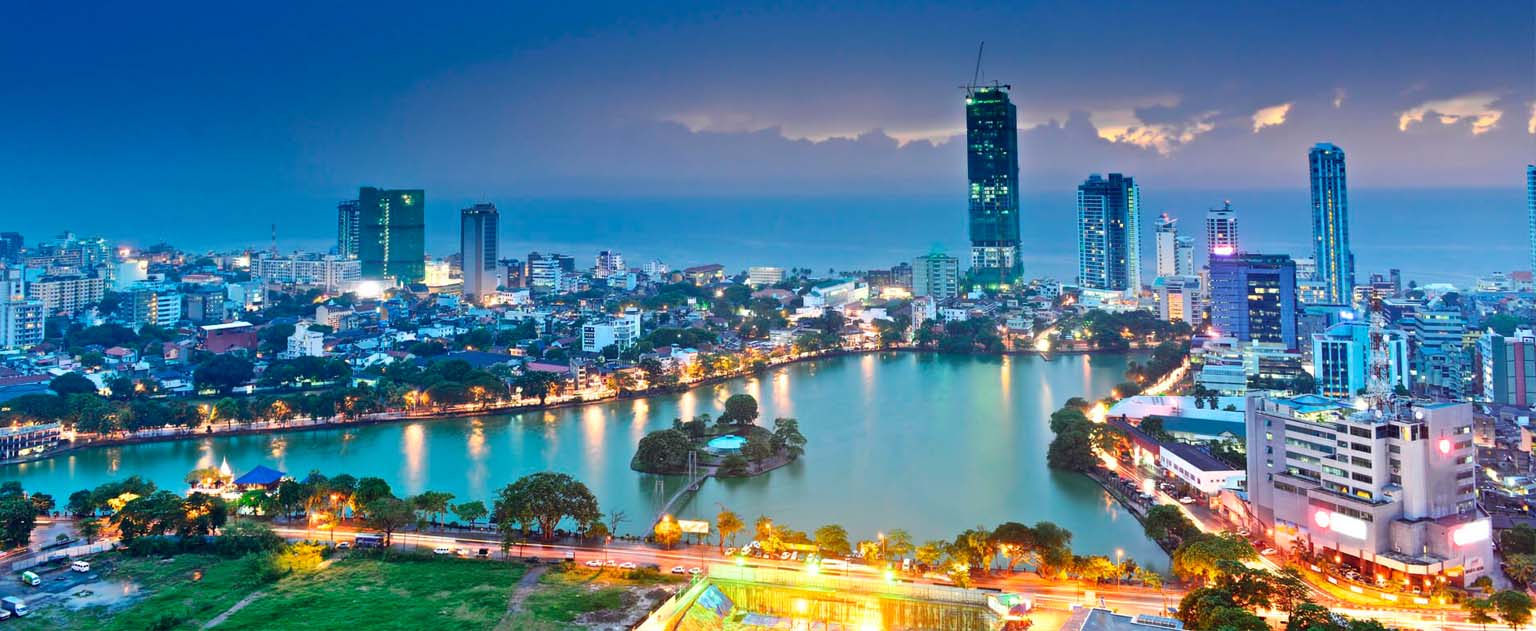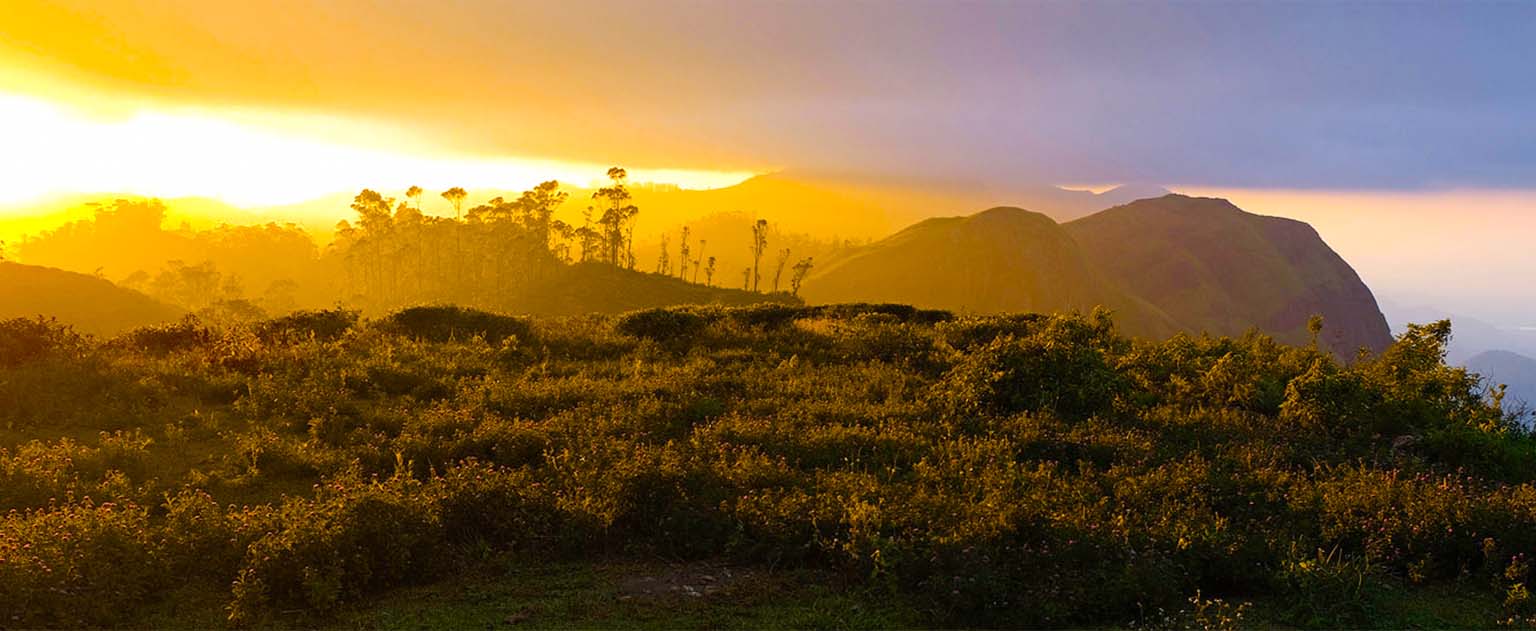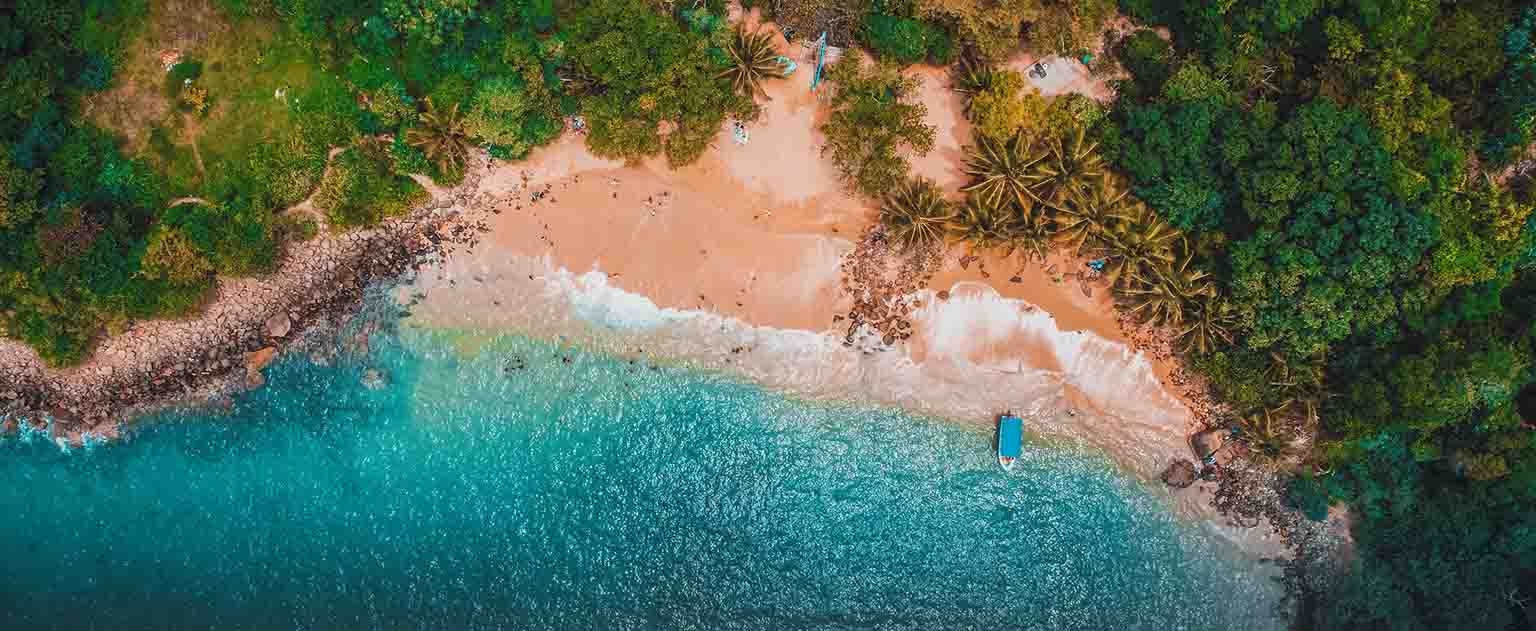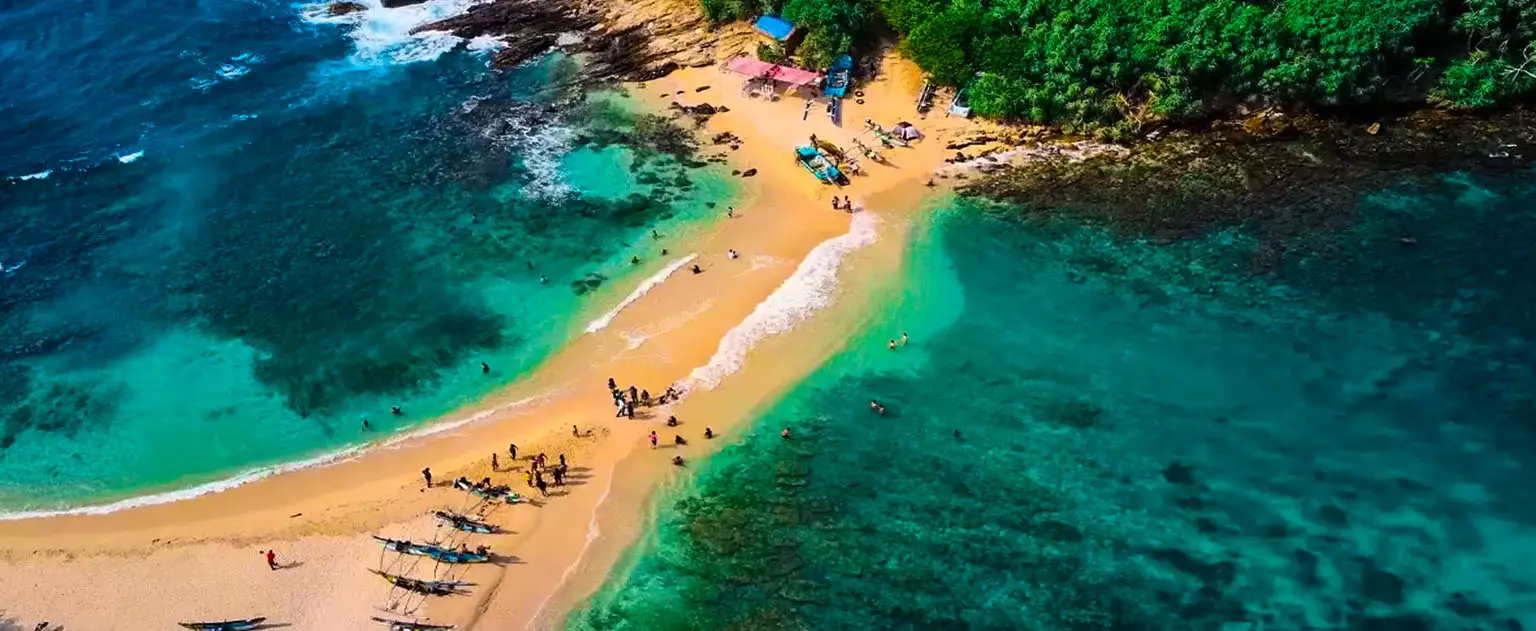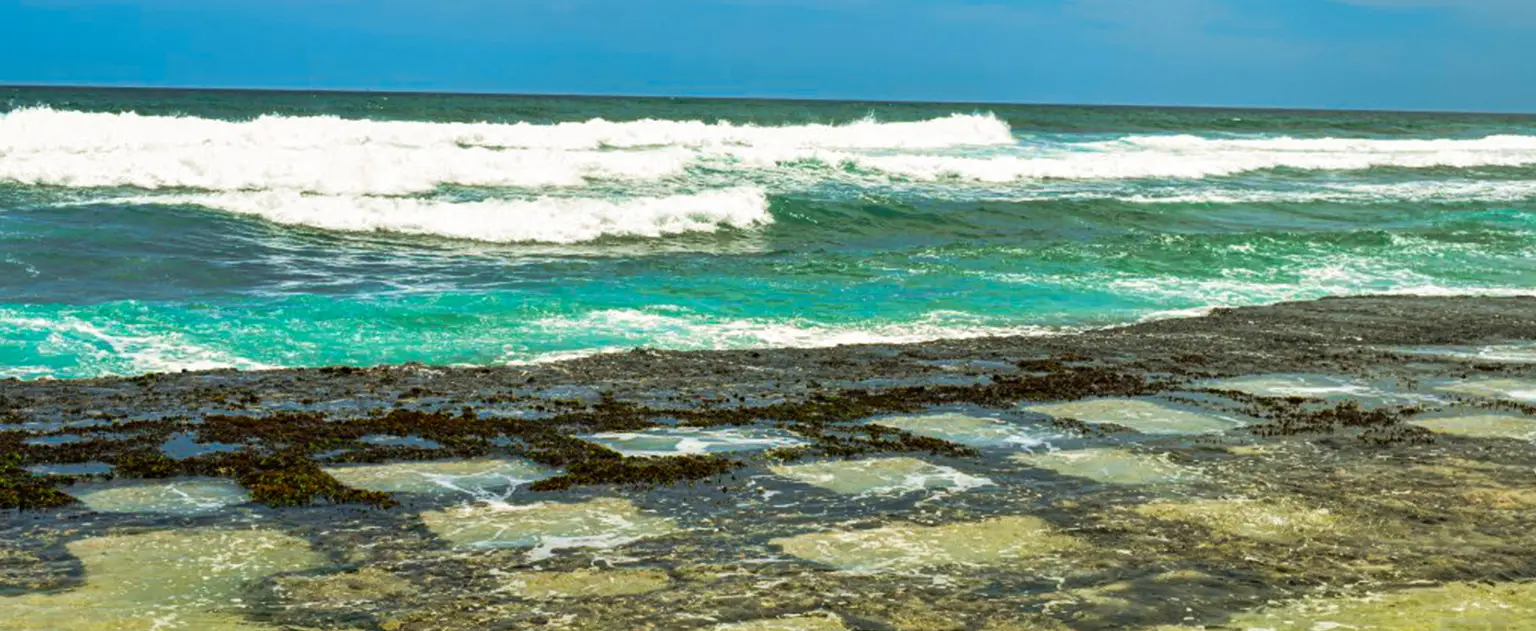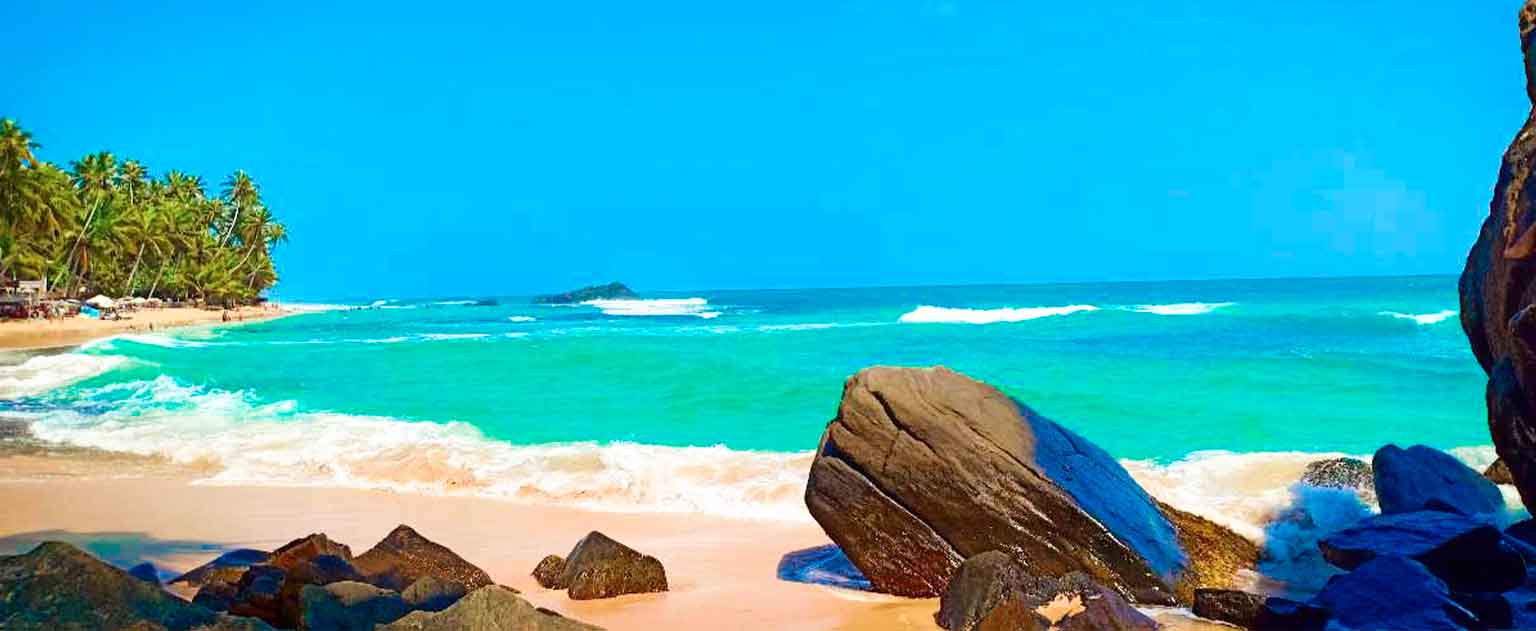Colombo
Colombo, the bustling city of Sri Lanka, is a city that is rich in history, commerce, and culture. The city was initially named by Portuguese explorers in 1505, and its name has roots in the Sinhala language. The name has been interpreted in various ways, from “port on the river Kelani” to “harbor with leafy mango trees.”. Colombo is a vibrant city located on the west coast of the island, and it serves not only as the commercial center but also as the executive and judicial capital of Sri Lanka.
Colombo, with a metropolitan population of over 5.6 million, is a vibrant city that blends modernity with colonial charm. It has been the capital of Sri Lanka since the British colonial era in 1815, and even after gaining independence in 1948, it has retained its significance. Although many administrative functions were relocated to Sri Jayawardenepura Kotte in 1978, Colombo remains the country’s commercial hub.
Colombo is a city that has a unique geography, with a combination of land and water features. One of the most iconic water features is Beira Lake, which covers an area of 65 hectares. Historically, the lake was used as a defensive fortification. Additionally, the Kelani River defines the northern and northeastern parts of the city, which adds to the distinctive geography of Colombo.
Colombo has a tropical rainforest climate with hot temperatures year-round. Monsoon seasons, typically from April to June and September to November, bring heavy rainfall. The city experiences little diurnal temperature variation despite its consistent warmth.
Galle Face Green
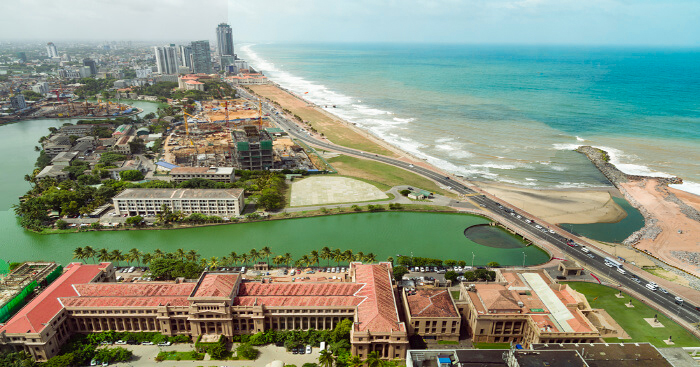
The history of Galle Face Green is very fascinating and varied, showcasing Sri Lanka’s colonial legacy and sporting culture. Initially, it was used for strategic military purposes by the Dutch against the Portuguese, but over time, it has evolved into a popular recreational spot.
During the British colonial era, sports activities flourished in the green. Horse racing, which began in the early 1820s, was one of the most significant events. The Colpetty Race Course hosted races until 1893 when the activity shifted to the Colombo Racecourse. The Turf and Sporting Club, established in the early 1820s, organized the first recorded horse racing meet in 1821.
A wonderful spot to view the sunset, Galle Face Green Plaza is a picturesque promenade that stretches for half a kilometer along the Indian Ocean shoreline right in the center of Colombo’s financial and business area. The activities are many and the business environment is robust.
Beautiful scenery beside the sea On one side is the Indian Ocean and on the other is the contemporary Colombo cityscape as you stroll down this waterfront promenade amid the sound of the waves and the sea breeze. You may still enjoy the sunset view there in the evening. Under the seawall, there is a narrow beach. It is also an excellent spot to play in the water, despite its lack of cleanliness. You may get up close and personal with the sea from the viewing platform located in the center of the square.
Every evening at six o’clock in the evening, there is a magnificent ceremony at the nearby activity square to lower the flag. Additionally, there is a night market close to the shore. A lot of BBQ stands will be visible. Seared fish is a highly interesting dish. There will also be a variety of traditional Lankan foods available here. Furthermore, because of its close proximity to the Presidential Palace, this location has hosted the Independence Day military parade in previous years.
The square’s past It served as a fort and a breakwater when the Netherlands ruled there. This green area was opened for a racetrack and golf course in 1859 by the British Ceylon Governor at the time. Galle Face Green is becoming a well-liked neighborhood hangout these days. You may frequently find people walking, running, kite flying, and even in love pairs there.
Lotus Tower

The Lotus Tower, also known as the Colombo Lotus Tower, is a remarkable architectural wonder in Sri Lanka. It stands at a height of 351.5 meters, which makes it a prominent feature of Colombo’s skyline. The tower serves as a communication hub, and it is also an iconic symbol of the country.
Originally slated for construction in the suburb of Peliyagoda, the Sri Lankan government made the strategic decision to relocate the tower to the heart of Colombo, specifically on the waterfront of the picturesque Beira Lake. These location changes further enhanced the tower’s prominence and accessibility.
Construction of the Lotus Tower began on January 20, 2012, during the administration of President Mahinda Rajapakse. The project was initiated through a contract signed by key stakeholders, which included representatives from the Telecommunications Regulatory Commission of Sri Lanka (TRCSL), the Sri Lanka Foreign Ministry, and Chinese companies such as China National Electronics Import & Export Corporation (CEIEC) and Aerospace Long March International Trade Co. Ltd (ALIT). This project was a significant milestone in the country’s infrastructure development.
Upon completion, the Lotus Tower will serve as a multifunctional structure for communication, observation, and leisure activities. This will make it a center of attraction and activity in Colombo, not just a structural marvel.

